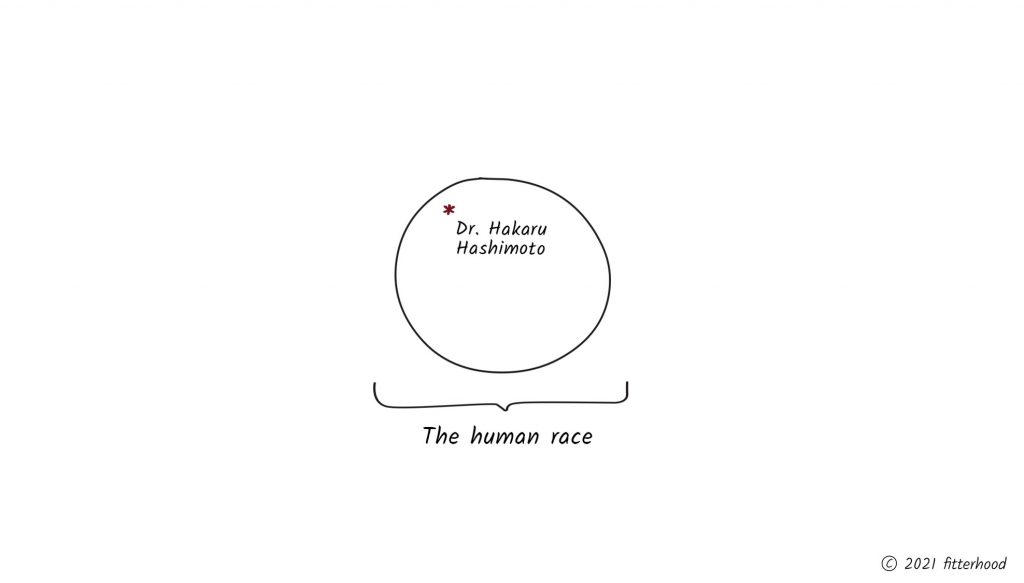Hashimoto's Thyroiditis you said?

Hashimoto’s Thyroiditis was named after the Japanese doctor who described it in 1912. It was recognised in 1957 as an autoimmune disorder. Thyroiditis, means an inflammation of the thyroid gland.
Typical age of onset of the disease is between 20 (yes, that early) and 30. It usually appears during puberty for those with strong predisposition. It can manifest with hyperthyroid episodes at first but will evolve into a hypothyroid. Symptoms mostly exacerbate between 30 and 50, that is why it is typically detected during those years. Most Hashimoto’s patients have high blood levels of TPO-Ab (Thyroid Peroxidase Antibodies). TPO is an enzyme found in the thyroid gland and plays an important role in the production of thyroid hormones: Thyroxine (T4) and Triiodothyronine (T3). When blood tests detect TPO-Ab, it means that the immune system is producing enough antibodies to attack its own thyroid healthy tissues. Hence the inflammation. Another indicator of this autoimmune disorder, is a high level of blood circulating Thyroglobulin Antibodies (TgAb).
If left unattended, this inflammation can scar or destroy the gland partially or fully. Over time, the thyroid may also enlarge, forming a painless goiter.
Coming up: we will look at the full process and each hormone at play.

